Crypto Academy | Season 4 Week 7. Homework Post for |@yohan2on| - The Governance of the TRON Ecosystem
Hello buddies and welcome to season 4, week 7 of the Crypto Academy. It is an honour going through the lectures of our dear professor @yohan2on. Here I will undertake the homework; The Governance of the TRON Ecosystem.
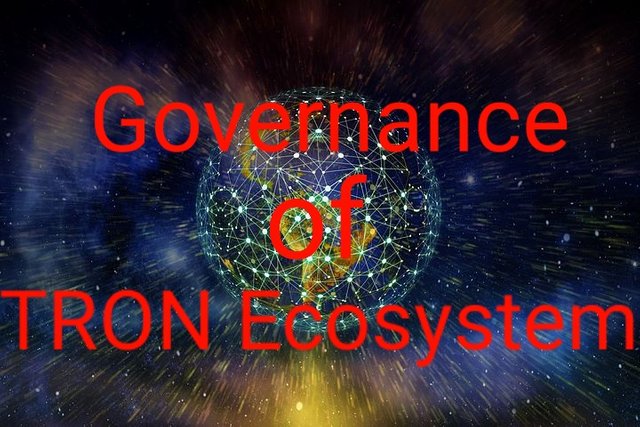
Question 1. Who are Super Representatives, SR partners and SR candidates? (The Governance of the TRON Ecosystem).
As a way of introduction, it is worthy to note that the TRON network ecosystem implements a Delegated Proof-of-Stake (DPoS) consensus mechanism. However, in the governance of TRON, a holder of the TRX (Tron token) can apply to become among the bookkeepers - called Super Representatives Candidate, which can also be voted to become a Super Representatives (SR) or an SR partners. Let us now talk about these terms in details:
Super Representatives (SR) - who are they?
In the TRON ecosystem, the SR are tasked with the duty of producing blocks, and they also pack transactions. However, one may ask, what qualifies one to become an SR? Any holder of TRX can actually apply to be an SR candidate (the same way anyone can apply to become a Steem Witnesses), but votes must be cast to know the top SR candidates. In view of this, the top 27 SR candidates (by vote) will automatically emerge as the Super Representatives.
For the voting to take place, TRON Power (TP) will be needed (the same way SP is needed for Steem witness voting).
Duties and functions of Super Representatives
- Generating of Blocks in the TRON ecosystem.
- Packing and Bookkeeping of transaction.
- Obtaining of equivalent earnings.
- Raising and modifying of proposals.
As at the time of writing this post, BinanceStaking is the top Super Representative, according to TronScan, with a total vote of 6,725,103,045 TP. Here's a screenshot of the SRs.

Note that the cumulative rewards for SR are calculated based on the summation of block rewards and vote rewards.
SR Partner
When the vote of Super Representatives are cast, any candidate that falls out of the top 27 but within the 127th position will automatically become the SR Partner. Which means that the Super Candidates that is placed from 28th position to 127th position is the SR Partner.
It is worth noting that the Super Representatives Partners is not tasked with the function of producing blocks nor do they have the obligations to pack transactions. However, they also receive rewards on voting.
Duties and functions of SR Partner
- Raising of Proposals.
- Modification of TRON network's parameters.
SR Candidates
SR candidates are individuals that have been selectively voted by TRX token holders to perform certain governance functions within the TRON ecosystem. These votes are normally refreshed on a 6-hourly basis.
Furthermore, anyone that holds TRX can apply to become SR candidate, of which votes can be made in that regards.
Question 2. What’s the difference between DPOS and POS consensus mechanisms?
Before we look at the difference between PoS and DPoS, let us take a look at what they are.
PoS - Proof-of-Stake
In the Consensus Mechanism of PoS, the network validators (miners or Representatives) can stake their tokens (that is: locking them up) in order for them to have influence within the ecosystem or within the network. From this, one will be quick to infer that the validator with a larger stake will have a bigger level of influence, which also creates a bigger possibility for them to create a block.
However, there is clause here: even though the possibility of creating a block is directly proportional to the amount of stake a validator has, the entire process follows an algorithm of randomisation. Examples of Blockchain networks that are known to use PoS is: NEO, ATOM, DASH, ADA.
DPoS - Delegated Proof-of-Stake
The DPoS is a subset, or rather, an enhancement of the PoS. However, in the DPoS, the stakeholders do not have the ability to create blocks directly. They can only vote for "nodes/super nodes" (Representatives) by delegation their rights. These nodes/super nodes are then tasked with the creation of new blocks.
The need for the creation of DPoS is to enhance democratic governance within the Blockchain, leading to what is called "Technological Democracy". DPoS was conceptualised in 2014 by Dan Larima. Blockchains that use DPoS include: TRON, BitShares, EOS, Tezos.
Difference between DPoS and PoS
DPoS is designed to work effectively in a semi-centralised Blockchain network, but PoS works in a decentralized Blockchain.
DPoS has a super fast creation time for blocks because of the minimal number of nodes. However, it is not so in PoS. In PoS, the increase in block creation time will hamper the security of the Blockchain drastically.
There is finality in DPoS, which means that it cannot be forked. However, there is no finality in PoS.
There is an eventuality of tokens being hoarded in PoS, but it is almost non-existent in DPoS.
Question 3. Write a Step by Step tutorial showcasing how to stake/freeze TRX and vote for SRs.
In order to undertake this homework question, I will use TRONLink Pro mobile wallet. I already have TRX in it so I will use it.
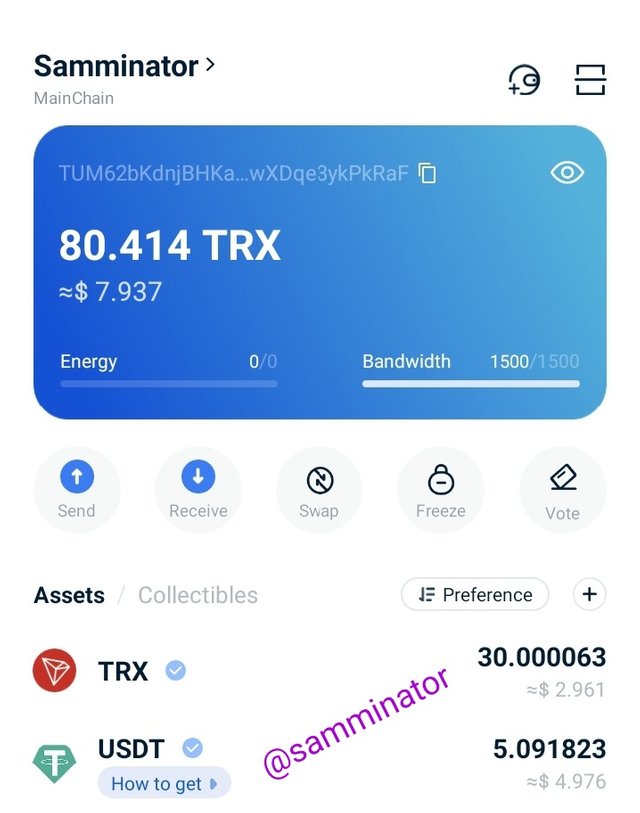
There is more than one way to stake/freeze your TRX and to vote for SR: (like voting directly from TRONLink, voting through TronScan). We will go through TronScan.
Go to the DApp browser of your TRONLink and search for TronScan or input it manually.
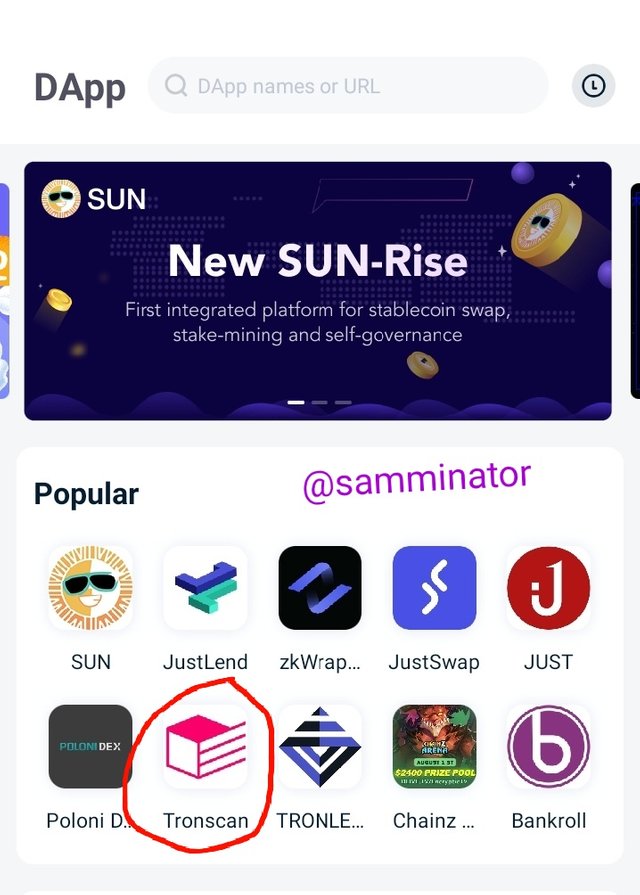
Once you click it, it will open you up to the TronScan platform and you will be prompted to connect your wallet to interact with it.
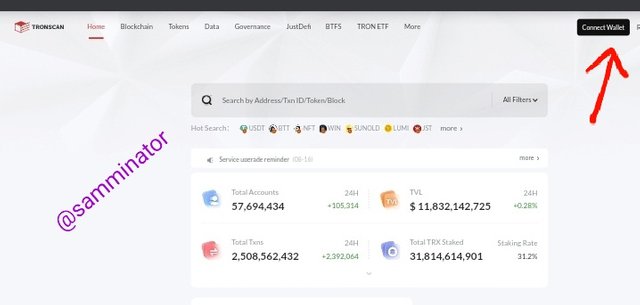
After this, then you'll click on your wallet address from the menu option.
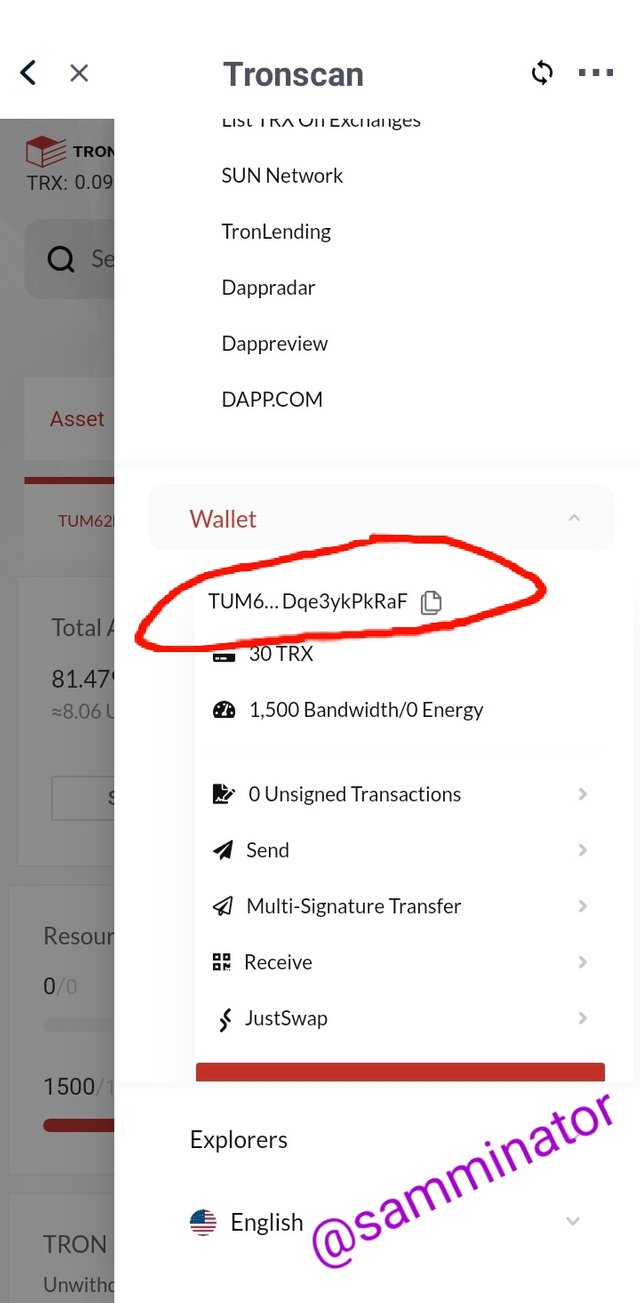
This will lead you to an interface where you will stake your TRX to get TP which will be used to vote. You will click on the "Get Vote" button so as to select the amount of TRX you will stake.
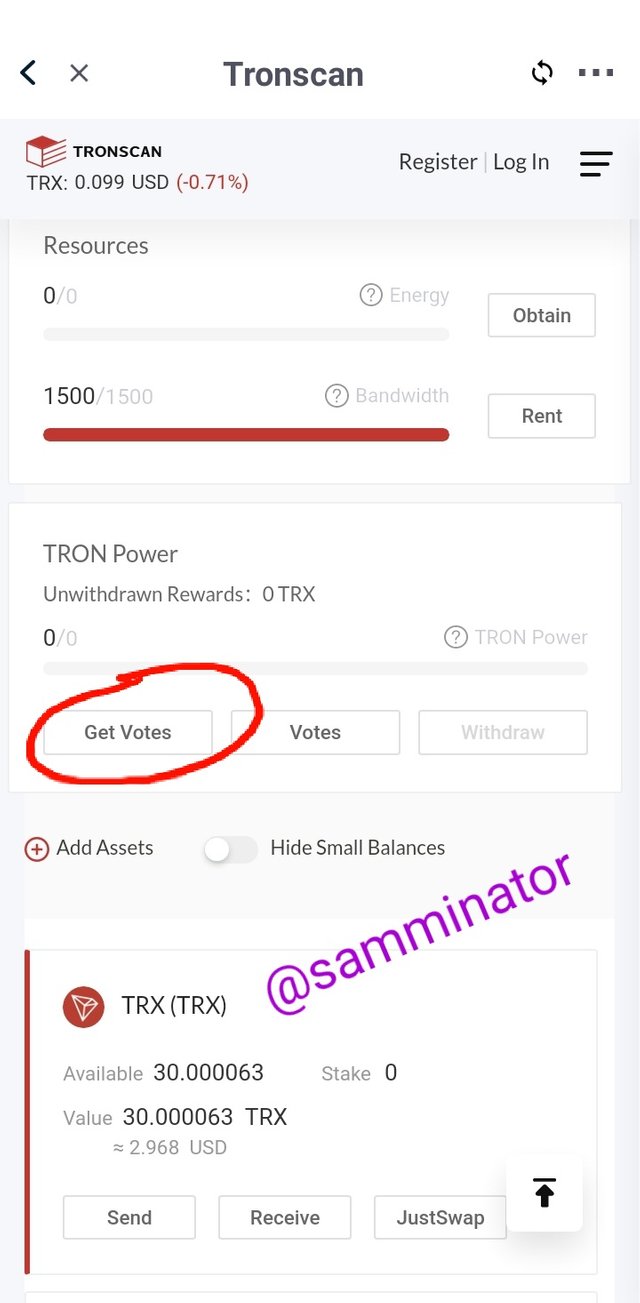
Here, I will stake 10 TRX to get 10 TP which I will use to vote for SR.
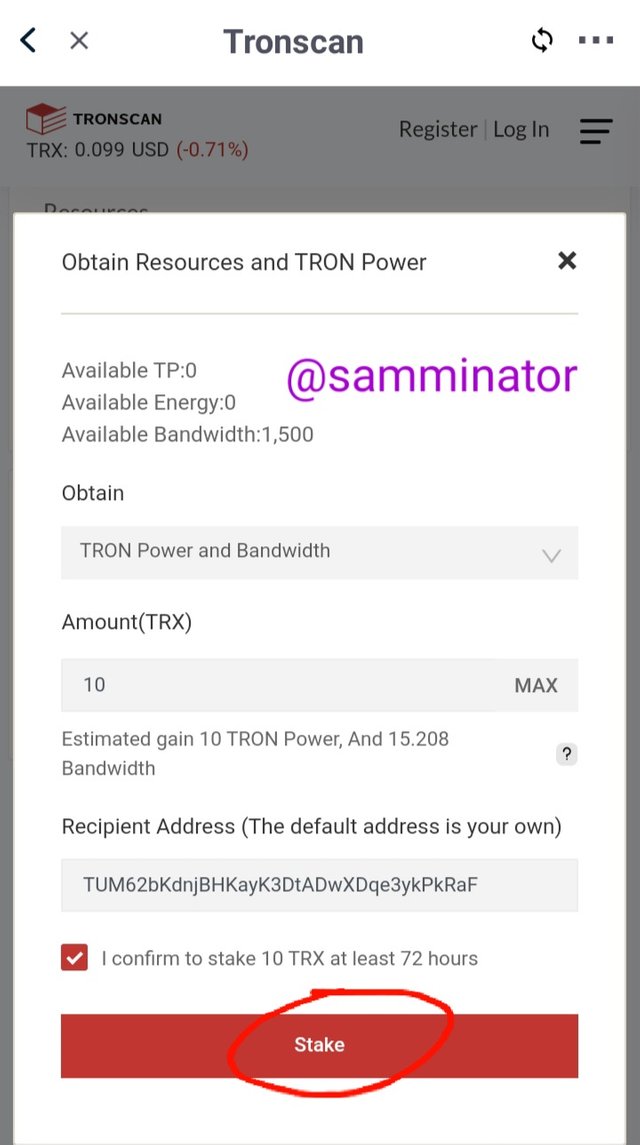
After this is done, you will get a confirmation that you have staked.
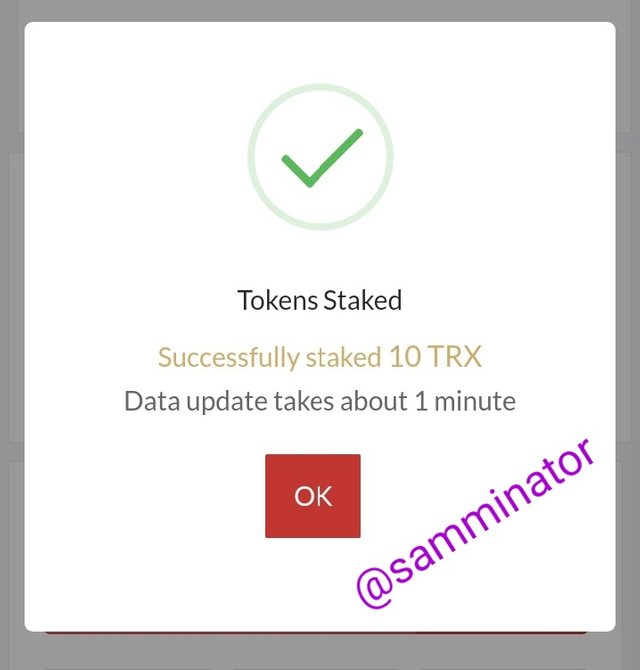
After you have successfully staked, then you will proceed to click on "votes" to proceed to where you will cast your vote.
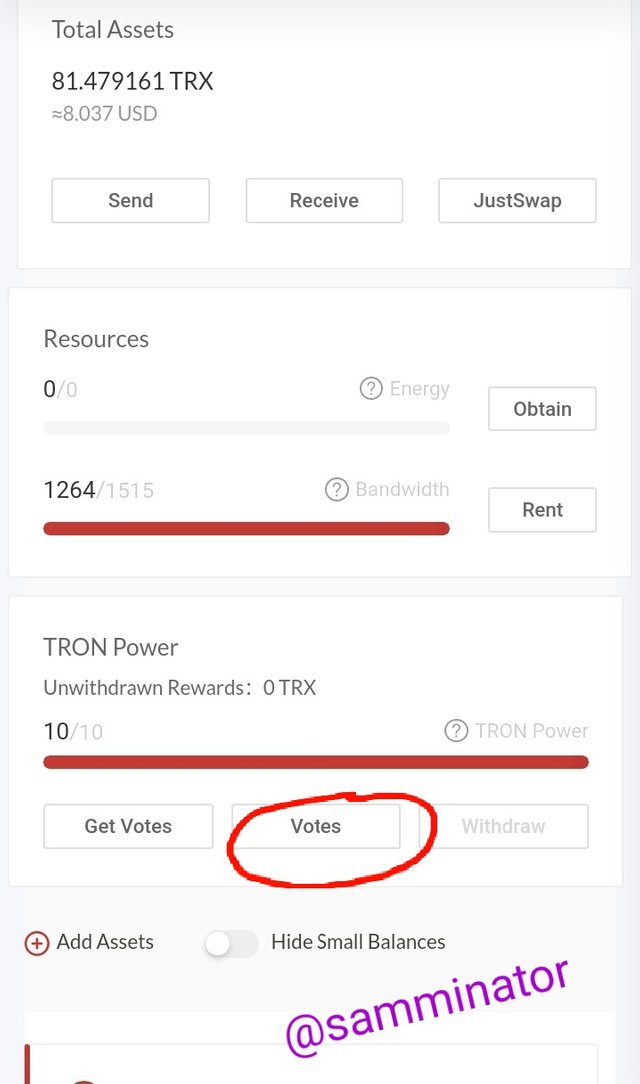
This will open up to the Super Representatives interface, and you can see that I have 10 votes available.
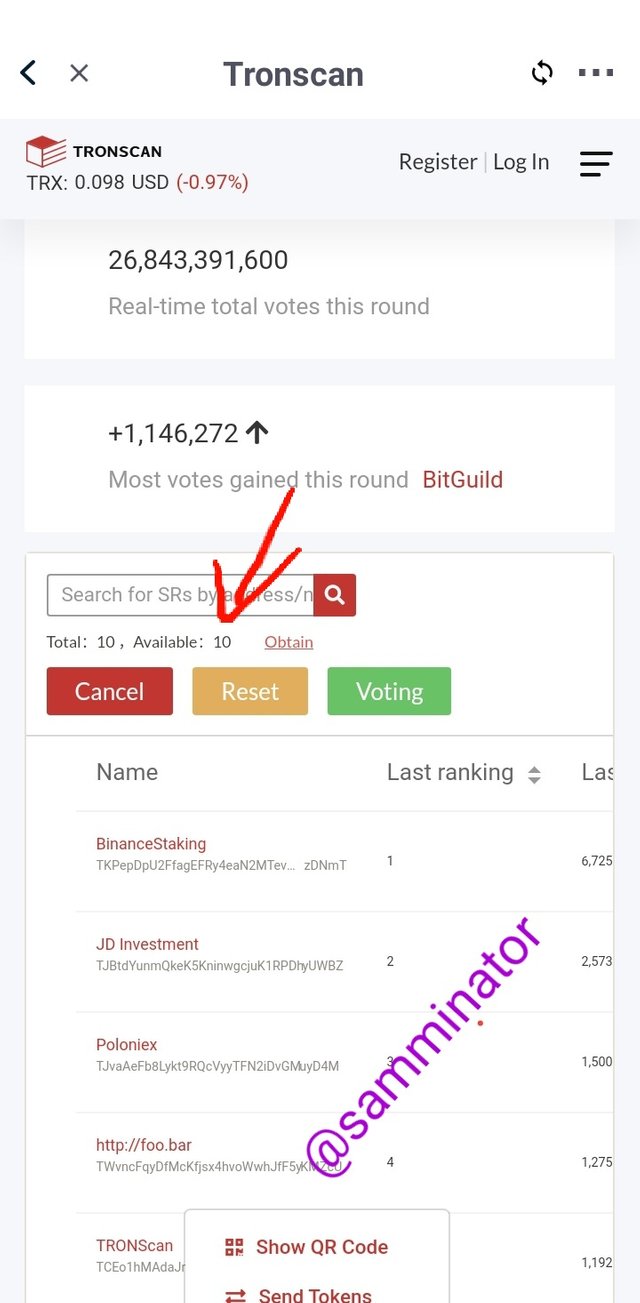
Here, I will cast my vote for BinanceStaking.

I am on mobile, so I'll will need to shift to the right to see the "+" sign. Then clicking on it will cast the vote for BinanceStaking.

An interface will pop up where you will verify the voting transaction. Because I don't have enough energy, I will have to pay with TRX. Then I will click on "confirm".
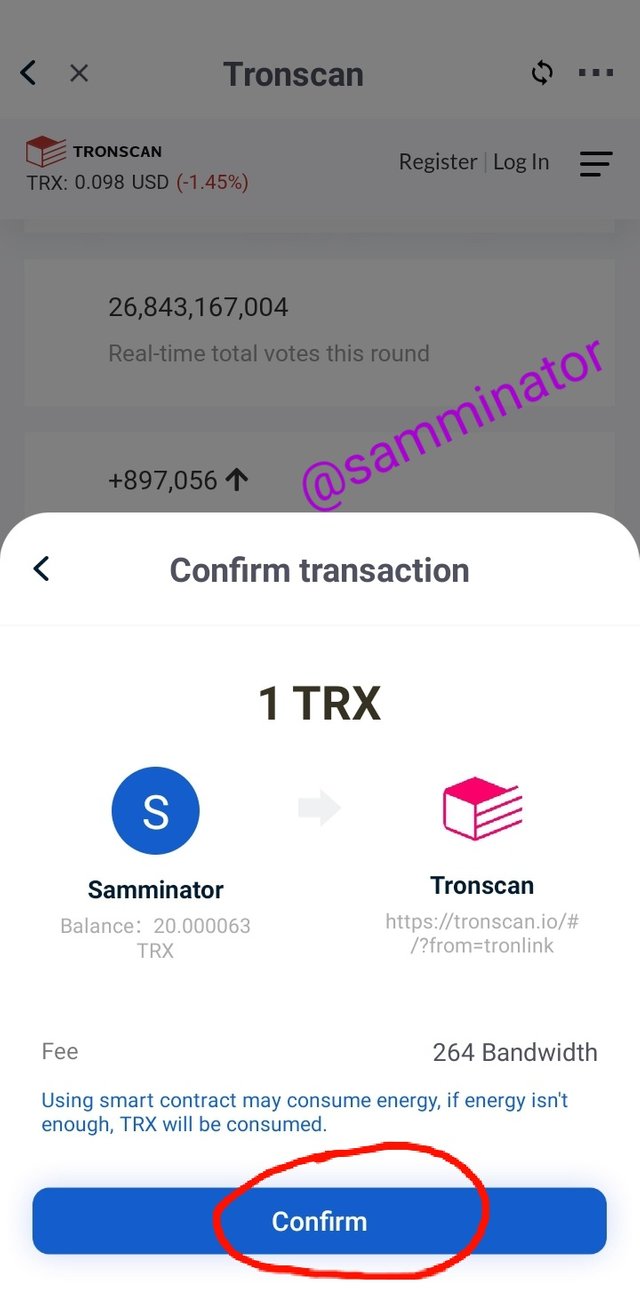
After clicking on "confirm", it now shows that I have voted for an SR.
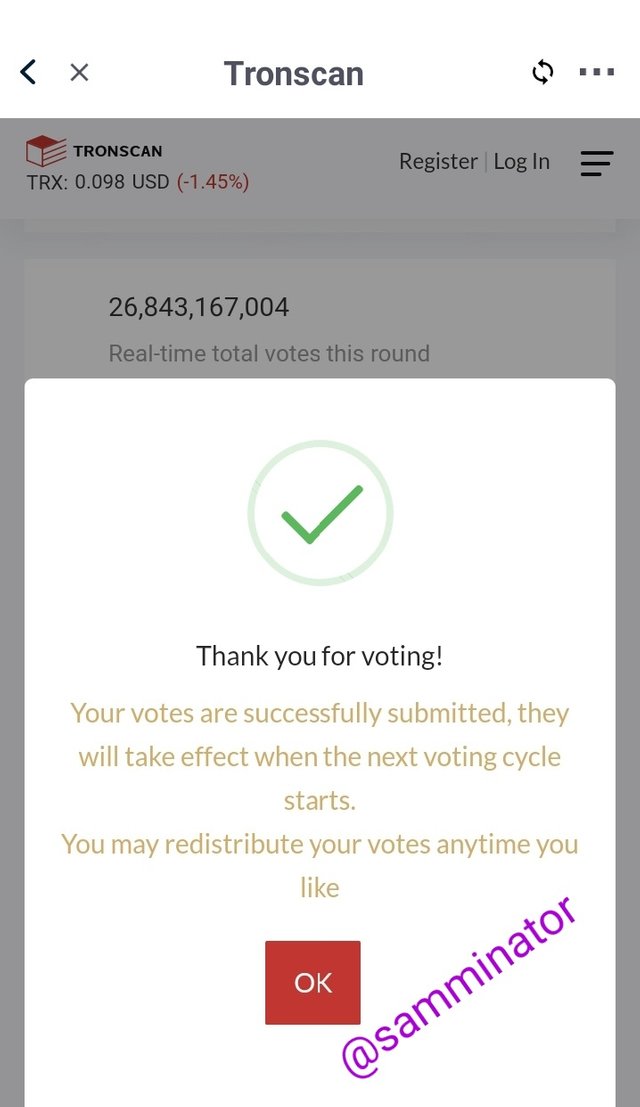
Viola!! I have successfully voted for a Super Representatives.
Here is my list of voted SR - BinanceStaking:
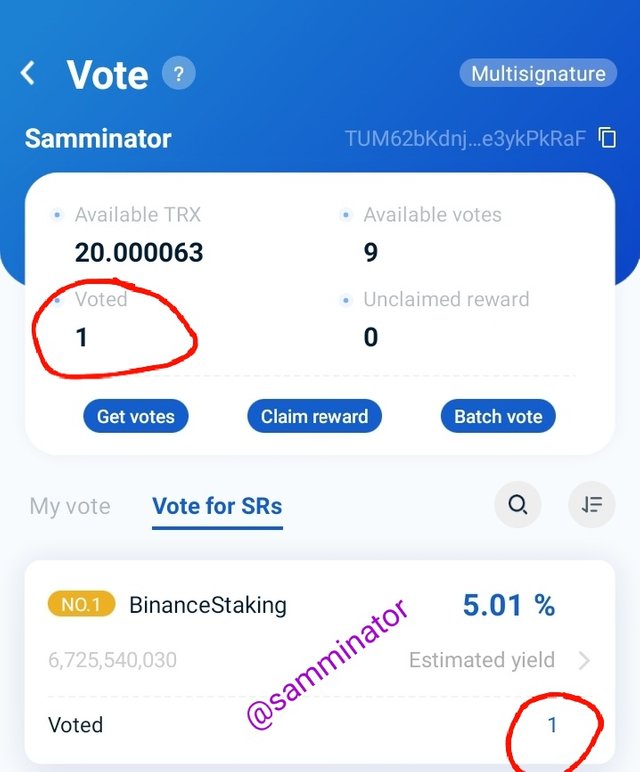
Conclusion
The governance of TRON network ecosystem implements a Delegated Proof-of-Stake (DPoS) consensus mechanism, which has resulted in a fair governance system. We have seen the definition of DPoS and compared it with the PoS. More so, we have seen who Super Representatives are and their duties in the TRON ecosystem. With the many advantages of DPoS, it is not surprising why many projects are now adopting this consensus mechanism.
Thanks all for reading, and special appreciation to @yohan2on
Thanks for reading


Hi @samminator
Thanks for participating in the Steemit Crypto Academy
Feedback
Total| 9/10
This is good content. Thanks for taking the time to research and create content on the Governance of the TRON ecosystem.
Thanks for the review buddy